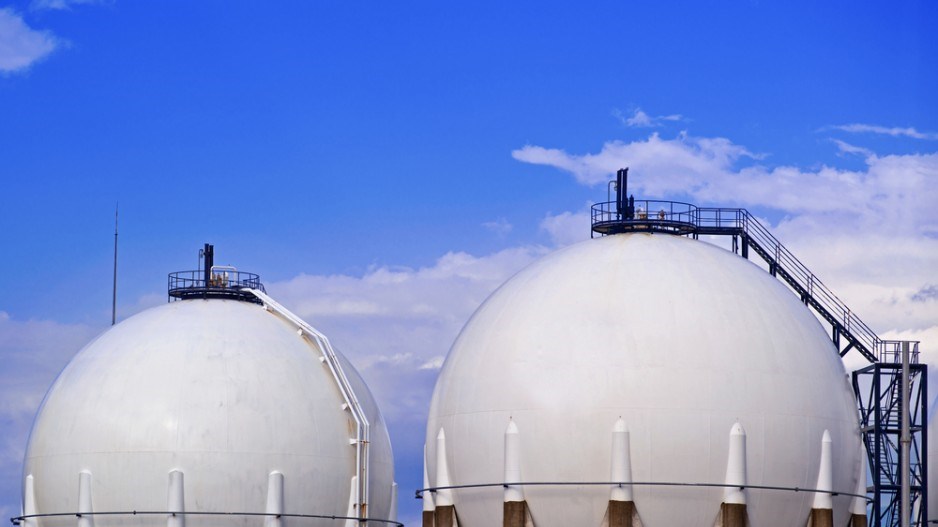LNG Canada Development Inc., led by the Royal Dutch Shell plc, received its environmental assessment approval June 17, subject to several provincial and federal conditions.
The approval of its environmental assessment certificate will allow LNG Canada to progress with other key initiatives for the proposed project, including applying for additional permits required to construct and operate the facility, the company said.
While the approval is an “important step forward for LNG Canada, the project must ensure it is economically viable and meets several other significant milestones related to gas supply, engineering and cost estimates, supply of labour, and regulatory approvals before making a final investment decision.”
LNG Canada is a joint venture company comprised of Shell Canada Energy (50%), an affiliate of Royal Dutch Shell plc, and affiliates of PetroChina (20%), Korea Gas Corporation (15%) and Mitsubishi Corporation (15%).
The joint venture is proposing to build an LNG export facility in Kitimat that initially consists of two LNG processing units, known as trains, each with the capacity to produce 6.5 million tonnes per annum (mtpa) of LNG annually, with an option to expand the project in the future to four trains.
Substituted assessment
According to the B.C. government, the LNG Canada export terminal is the first project to be granted a certificate following a substituted environmental assessment.
Substitution means that the B.C. Environmental Assessment Office conducts a single process that meets all federal and provincial requirements. The federal minister and provincial ministers make separate decisions on whether to approve the project based on the environmental assessment report prepared by the Environmental Assessment Office.
The LNG Canada export terminal will require various federal, provincial and local government permits to proceed.
Company ‘welcomes opportunity to meet conditions’
“We have made significant progress to advance our project over the past year,” said Andy Calitz, CEO of LNG Canada. “Receiving both provincial and federal approval of our environmental assessment is a critical milestone on our path to making a final investment decision. We could not have achieved this without input from the local community of Kitimat and First Nations, and we appreciate the local knowledge they shared with us.”
LNG Canada made a number of key decisions to minimize environmental effects of the proposed facility. The choice of site location allows the project to leverage an existing port, existing roads and railway infrastructure, and provides a shorter distance for a natural gas pipeline from northeast B.C. The project selected a power solution that uses renewable energy for a significant portion of the power needed for its proposed facility, greatly reducing its CO2 footprint.
“LNG Canada proposes to have one of the lowest levels of CO2 emissions of any LNG export facility in the world. The project will supply clean burning natural gas to help reduce greenhouse gas and other emissions in countries that currently burn more carbon intensive sources of energy for electricity production,” Calitz said. “Working with the community and First Nations we continue to find opportunities to mitigate environmental effects and enhance benefits.”
The EAO and CEAA have identified conditions that must be met by LNG Canada to manage potential effects associated with the proposed project and meet provincial and federal permit and reporting requirements. “LNG Canada welcomes the opportunity to meet these conditions and demonstrate ongoing social and environmental responsibility and responsiveness,” the company stated. “To do so, the project is developing a number of detailed plans that set out how it will manage its activities and potential impacts, as well as enhance the positive effects the project will have.”




